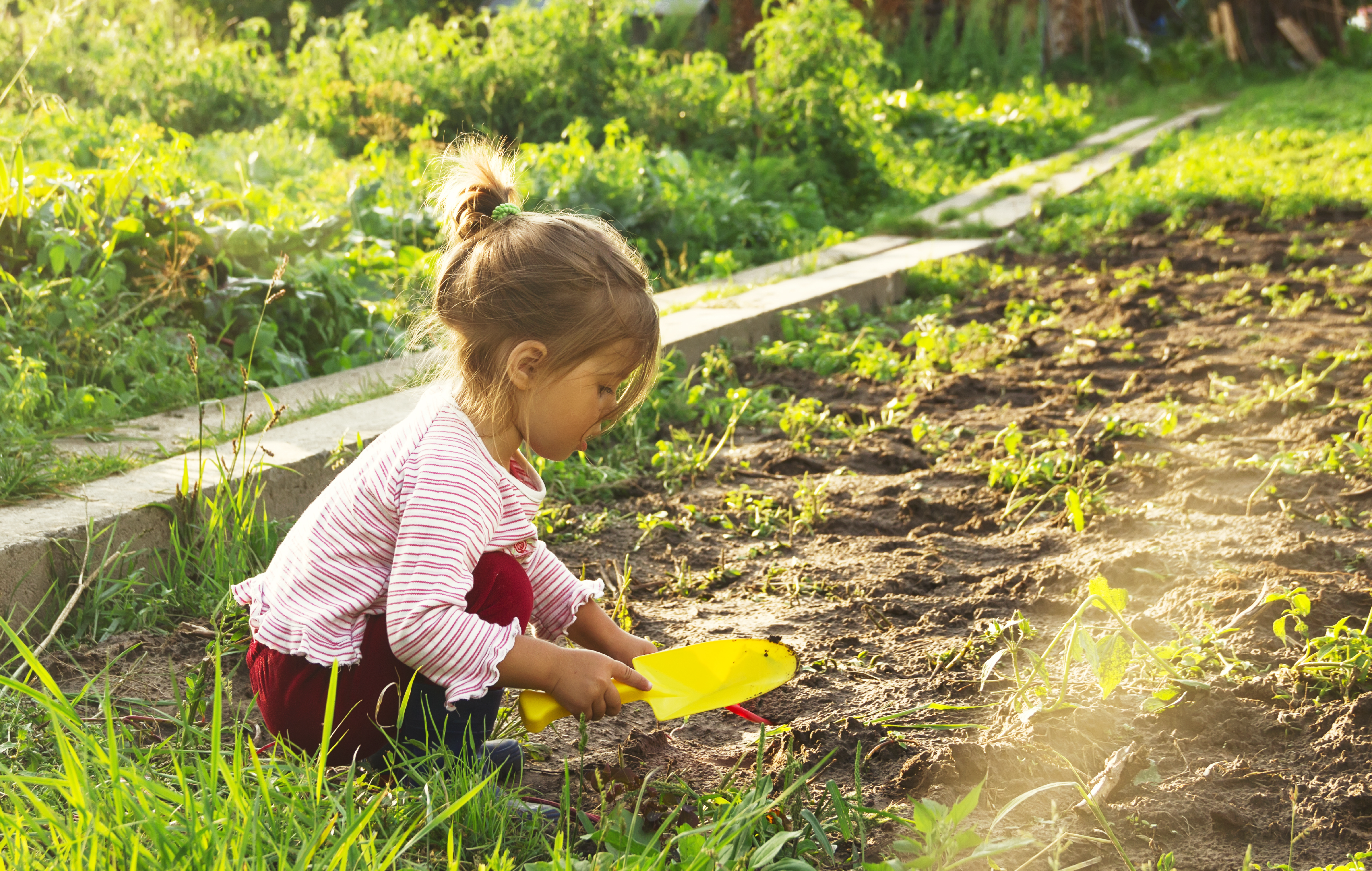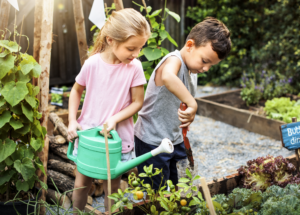
Teaching Children the Joy of Gardening
Spending time in the garden is more than just a fun outdoor activity. For young children, it is a hands-on way to explore nature, develop responsibility, and discover the joy of nurturing something from the ground up. Gardening with kids can be a simple yet powerful way to connect as a family while encouraging curiosity and care for the natural world.
We love helping families build real-world learning into everyday life at Explore Imagineland. Gardening is a perfect example of outdoor learning that grows more than just plants. It also grows patience, confidence, and a sense of wonder.
Why Gardening Is Great for Young Minds
Gardening introduces kids to the cycles of nature. It shows them how plants grow, what they need to thrive, and how living things change over time. It also gives children a clear sense of responsibility as they water, check on, and care for their garden. These moments, while simple, teach patience and perseverance in a way that is easy to understand.
Best of all, gardening gets kids outside. It gives them a chance to dig, explore, and get their hands dirty while learning something new every day.
Easy Gardening Projects to Try Together
You do not need a big backyard to get started. A small balcony, a windowsill, or even a few pots can be enough. Here are some simple gardening ideas you can enjoy together.
1. Planting Seeds in Recycled Containers:
Use egg cartons, yoghurt pots, or old jars to start seeds indoors. Let your child decorate the containers to make them feel part of the project. Choose fast-growing seeds like beans, sunflowers, or herbs so children can see progress quickly.
2. Creating a Mini Herb Garden
Herbs like basil, mint, and parsley are easy to grow and can be used in your cooking. Let your child pick the herbs, water them each day, and help harvest them for dinner. It is a great way to build healthy habits and connect gardening to everyday life.
3. Making a Sensory Garden
Plant a few different textures and smells together. Try lavender, lamb’s ear, or strawberries. Invite your child to touch, smell, and talk about what they notice. This encourages language development and mindfulness through play.
4. Decorating Plant Markers
Use painted rocks or popsicle sticks to mark your plants. Your child can draw pictures of each plant or write the names with your help. This adds a personal touch and helps them remember what they are growing.
Little Lessons That Last
Gardening teaches more than science. It offers chances to talk about emotions, patience, and even failure. Sometimes a plant might not grow, and that becomes a moment to learn and try again. These experiences help children build resilience and a positive attitude toward learning.
Plus, when kids see something they planted begin to grow, the sense of pride and accomplishment is real and lasting.
Grow Together as a Family
You do not need to be an expert gardener to begin. Start small, follow your child’s interests, and enjoy the time outside together. Whether it is planting one seed or building a small garden box, each step you take together helps build a stronger bond and a deeper love for nature.
So grab a trowel, roll up your sleeves, and get growing. The garden is waiting and so are all the little discoveries it holds.


